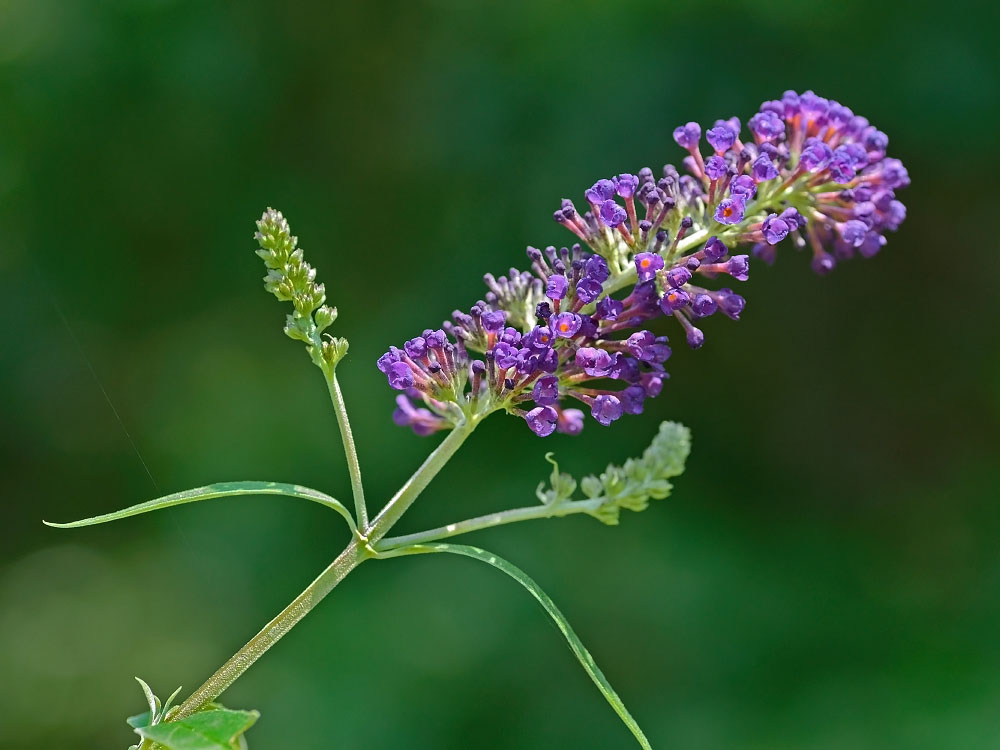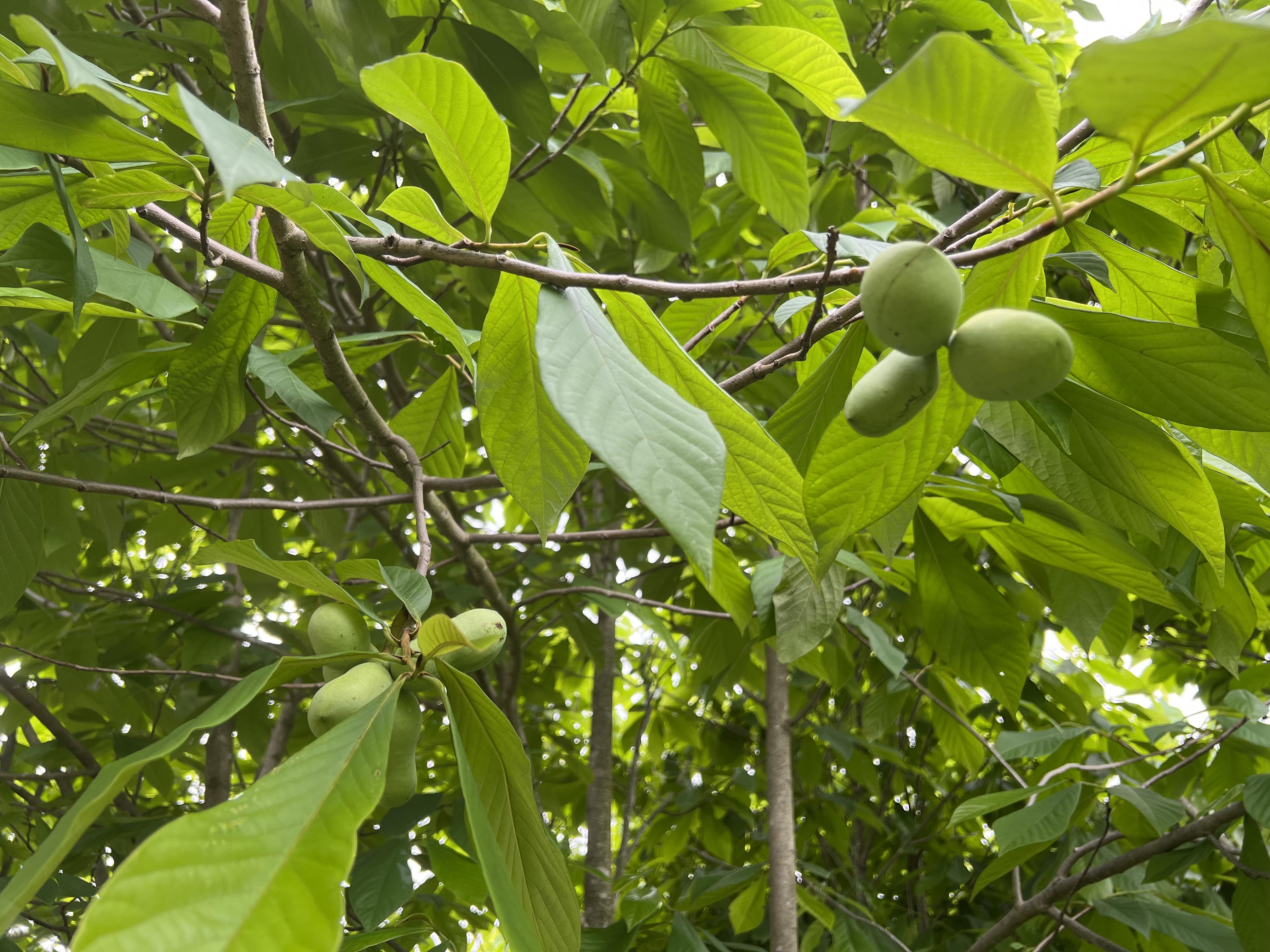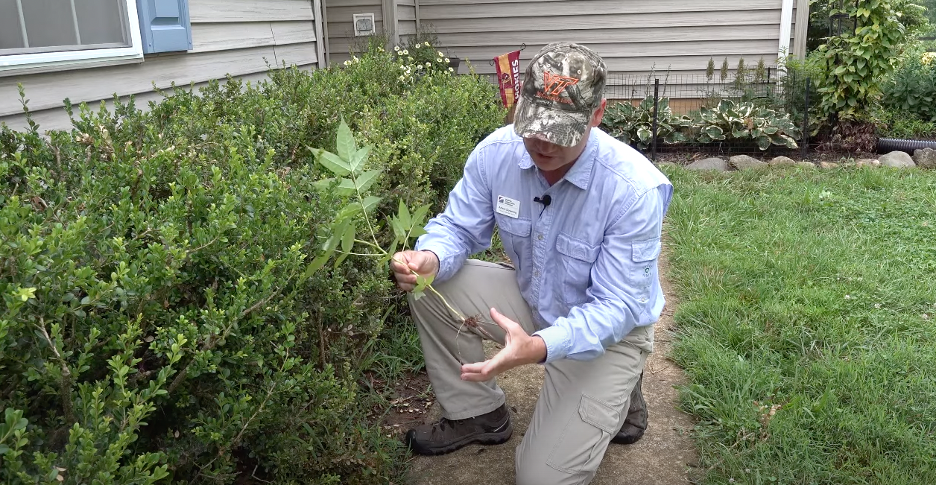
From Our Sponsors – Fall 2024
13 Species Added to Virginia’s Invasive Plant List
Contributed by Emi Endo, Senior PR and marketing specialist for Virginia Department of Conservation and Recreation

Thirteen more species that pose a threat to the state’s ecosystems have been added to the Virginia Invasive Plant Species List.
The additions include:
- Italian arum (Arum italicum) – Competes with spring ephemerals due to early emergence, extremely difficult to remove, toxic to mammals if ingested, causes skin irritation
- nandina (Nandina domesticum) – Frequently escapes from plantings, fruit is a rare but significant threat to birds such as Cedar Waxwing due to cyanide poisoning, invades forest understory
- orange-eye butterfly-bush (Buddleja davidii) – Shrub grows to 10 feet in height, can escape plantings, provides nectar to pollinators but does not host native larvae
“If you learn you have an invasive species in your yard or garden, whether or not you planted it there, we strongly encourage removal,” said DCR Stewardship Biologist Kevin Heffernan. DCR provides a free, online Virginia Native Plant Finder tool to search for native species to plant instead of invasives.
To report a sighting of an invasive plant in Virginia, use the EDDMapS website or app, iNaturalist or visit: https://www.invasivespeciesva.org/report-sightings.
Shrub-lings for Sale!
Contributed by Ellen Powell, Conservation Education Coordinator, Virginia Department of Forestry

Are you a wildlife lover? Check out this year’s DOF seedling catalog for an affordable and effective way to improve wildlife habitat on your property.
The new catalog’s expanded selection of native shrubs includes black chokeberry, Washington hawthorn, Chickasaw plum, smooth sumac, pawpaw, and several species of shrub dogwood. All of them produce fruits that are eaten by many species of birds and mammals. Their flowers and leaves feed pollinators as well.
Perhaps most importantly, shrubs provide cover for wildlife. A shrub layer is an important habitat component that is missing from many landscapes. Shrubs “soften” the woods’ edge, providing a transition zone between the tree canopy and adjacent fields or yards. Shrub borders can be critical areas for wildlife to raise young, shelter from the weather, and escape from predators. Because shrubby edges are used by wildlife from both the nearby wooded and open areas, they tend to be excellent places for wildlife watching.
Perennial catalog favorites returning this year include elderberry, indigobush, hazelnut, chinkapin, and buttonbush. In all, the DOF seedling catalog now offers more than a dozen native shrubs. Each one has wildlife benefits, from flowers for pollinators to berries for songbirds to nuts for game animals.
These aren’t the kind of shrubs you might carefully shape into balls for a neat landscape. Instead, these species provide a natural look to yard borders or group plantings. The bare-root seedlings may need protection from deer to get a good start. Once established, many of them will sucker, or spread from the roots to form thickets.
Fifteen Minutes in the Forest
Contributed by Jennifer Gagnon, Virginia Forest Landowner Education Program Coordinator, Virginia Tech/Virginia Cooperative Extension
Have you experienced Fifteen Minutes in the Forest? Yes, we should all get out in the woods in person when we are able, but you also can experience a succinct and informative quarter-hour of forest time through the Virginia Forest Landowner Education Program’s Fifteen Minutes in the Forest video series. The playlist currently has 106 videos, including many with general naturalist appeal, even for people who are not forest landowners themselves. New videos are shown on Facebook Live and YouTube Premier at 12:15 on designated Fridays, followed by a question-and-answer time. And, all videos can be accessed anytime later on the YouTube playlist. The most popular video, with 41,714 views, is Fifteen Minutes in the Forest: Killing Tree of Heaven: Why, How & When.
